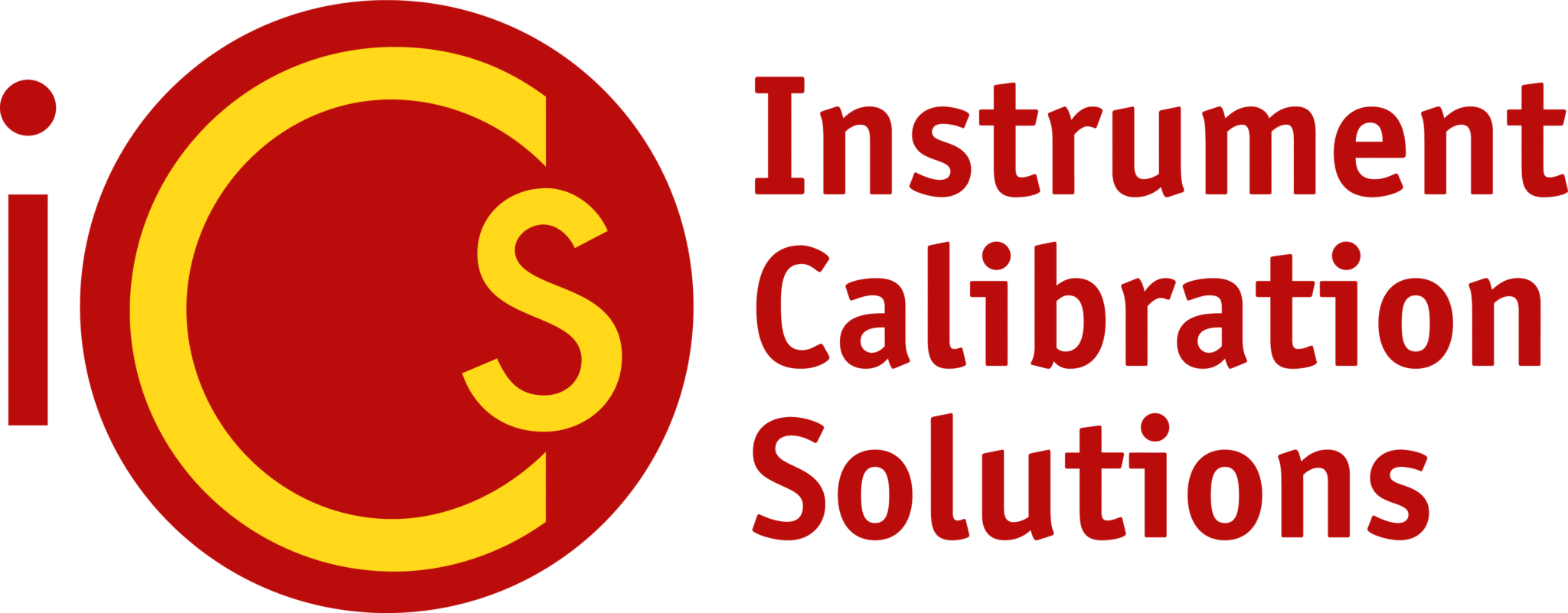How to Calibrate Electrical Instruments: A Step-by-Step Guide for Production Managers
How to Calibrate Electrical Instruments: A Step-by-Step Guide for Production Managers
Electrical instrument calibration is critical for ensuring the accuracy, reliability, and safety of equipment in your production facility. For production managers overseeing assets like multimeters, oscilloscopes, or power analyzers, maintaining precise measurements is essential to avoid costly downtime, ensure product quality, and comply with industry standards. While calibration may seem daunting without an in-house lab, partnering with a professional calibration company like Instrument Calibration Solutions (ICS) can streamline the process. This 700+ word guide provides a step-by-step approach to calibrating electrical instruments, emphasizing general best practices while urging you to consult manufacturer instructions for specific protocols.
Why Calibration Matters for Production Managers
Calibrating electrical instruments ensures your equipment delivers accurate data, which is vital for:
- Maintaining Product Quality: Accurate measurements prevent defects and ensure consistency.
- Ensuring Compliance: Many industries require adherence to standards like ISO 17025.
- Reducing Downtime: Properly calibrated tools minimize errors that could halt production.
- Enhancing Safety: Faulty instruments can pose risks to workers and equipment.
Without a dedicated calibration lab, outsourcing to a trusted provider like ICS offers expertise, traceability, and peace of mind. Below is a step-by-step guide to help production managers navigate the calibration process effectively.
Step-by-Step Guide to Calibrating Electrical Instruments
Note: This guide provides general information. Always refer to the manufacturer’s instructions for your specific instruments.
- Step 1: Identify Instruments Requiring Calibration
- Compile a list of all electrical instruments in your facility, such as multimeters, clamp meters, or signal generators.
- Check manufacturer guidelines for recommended calibration intervals (e.g., annually or after a set number of uses).
- Prioritize critical assets that directly impact production quality or safety.
- Use asset management software to track calibration schedules and avoid missed deadlines.
- Step 2: Understand Calibration Standards and Traceability
- Calibration involves comparing your instrument’s measurements to a known standard.
- Ensure the calibration process adheres to traceable standards, such as those provided by NIST (National Institute of Standards and Technology).
- A reputable calibration company like ICS uses certified reference standards to guarantee accuracy and compliance with industry regulations.
- Step 3: Select a Qualified Calibration Service Provider
- Research calibration companies with expertise in electrical instruments and a strong reputation.
- Look for accreditations like ISO 17025, which ensures high-quality calibration processes.
- Choose a provider like Instrument Calibration Solutions, known for:
- Comprehensive calibration services for a wide range of electrical instruments.
- On-site and lab-based calibration options to minimize downtime.
- Detailed calibration certificates for compliance and record-keeping.
- Fast turnaround times to keep your production schedule on track.
- Request quotes and compare services to ensure cost-effectiveness without compromising quality.
- Step 4: Prepare Instruments for Calibration
- Inspect instruments for physical damage, as faults may affect calibration accuracy.
- Clean equipment to remove dust or debris that could interfere with measurements.
- Gather any accessories (e.g., probes or cables) specified by the manufacturer for calibration.
- Document the instrument’s current performance or any observed issues to share with the calibration provider.
- Step 5: Schedule and Coordinate Calibration
- Contact your chosen calibration company to schedule services, ideally during planned maintenance windows to minimize disruptions.
- Opt for on-site calibration if downtime is a concern—ICS offers this service to calibrate instruments directly at your facility.
- Ensure clear communication with the provider about your instruments’ specific requirements and calibration standards.
- Step 6: Review Calibration Results and Certificates
- After calibration, the provider should supply a detailed certificate outlining:
- The instrument’s pre- and post-calibration performance.
- Traceability to national or international standards.
- Any adjustments or repairs made during the process.
- Verify that the results meet your facility’s quality and compliance requirements.
- Store certificates securely for audits or regulatory inspections.
- After calibration, the provider should supply a detailed certificate outlining:
- Step 7: Implement a Calibration Maintenance Schedule
- Use the calibration results to update your asset management system with new calibration due dates.
- Set reminders for future calibrations based on manufacturer recommendations or industry standards.
- Regularly review instrument performance to detect early signs of drift or malfunction.
- Partner with a calibration company like ICS for ongoing support and reminders to keep your equipment in top condition.
- Step 8: Train Staff on Proper Instrument Use
- Educate employees on handling calibrated instruments to maintain accuracy (e.g., proper storage and avoiding misuse).
- Provide training on recognizing signs that an instrument may need recalibration, such as inconsistent readings.
- Encourage staff to report issues promptly to prevent production errors.
Benefits of Partnering with Instrument Calibration Solutions
For production managers without an in-house calibration lab, outsourcing to a professional service like Instrument Calibration Solutions offers significant advantages:
- Expertise: ICS employs skilled technicians trained in calibrating a wide range of electrical instruments.
- Convenience: On-site calibration reduces downtime, while lab services offer precision for complex equipment.
- Compliance: ICS provides traceable calibration certificates that meet ISO 17025 and other regulatory standards.
- Cost Savings: Prevent costly production errors and extend equipment lifespan with regular, high-quality calibration.
- Customer Support: ICS offers personalized service, ensuring your specific needs are met efficiently.
Final Thoughts
Calibrating electrical instruments is a non-negotiable task for production managers aiming to maintain quality, safety, and compliance in their facilities. By following these steps—identifying instruments, choosing a trusted provider like ICS, and maintaining a calibration schedule—you can ensure your equipment performs reliably without the need for an in-house lab. Always consult manufacturer instructions for specific calibration procedures, and leverage the expertise of a professional calibration company to simplify the process.
For production managers seeking a reliable partner, Instrument Calibration Solutions delivers top-tier calibration services tailored to your needs. Contact ICS today to schedule your calibration and keep your facility running smoothly.

